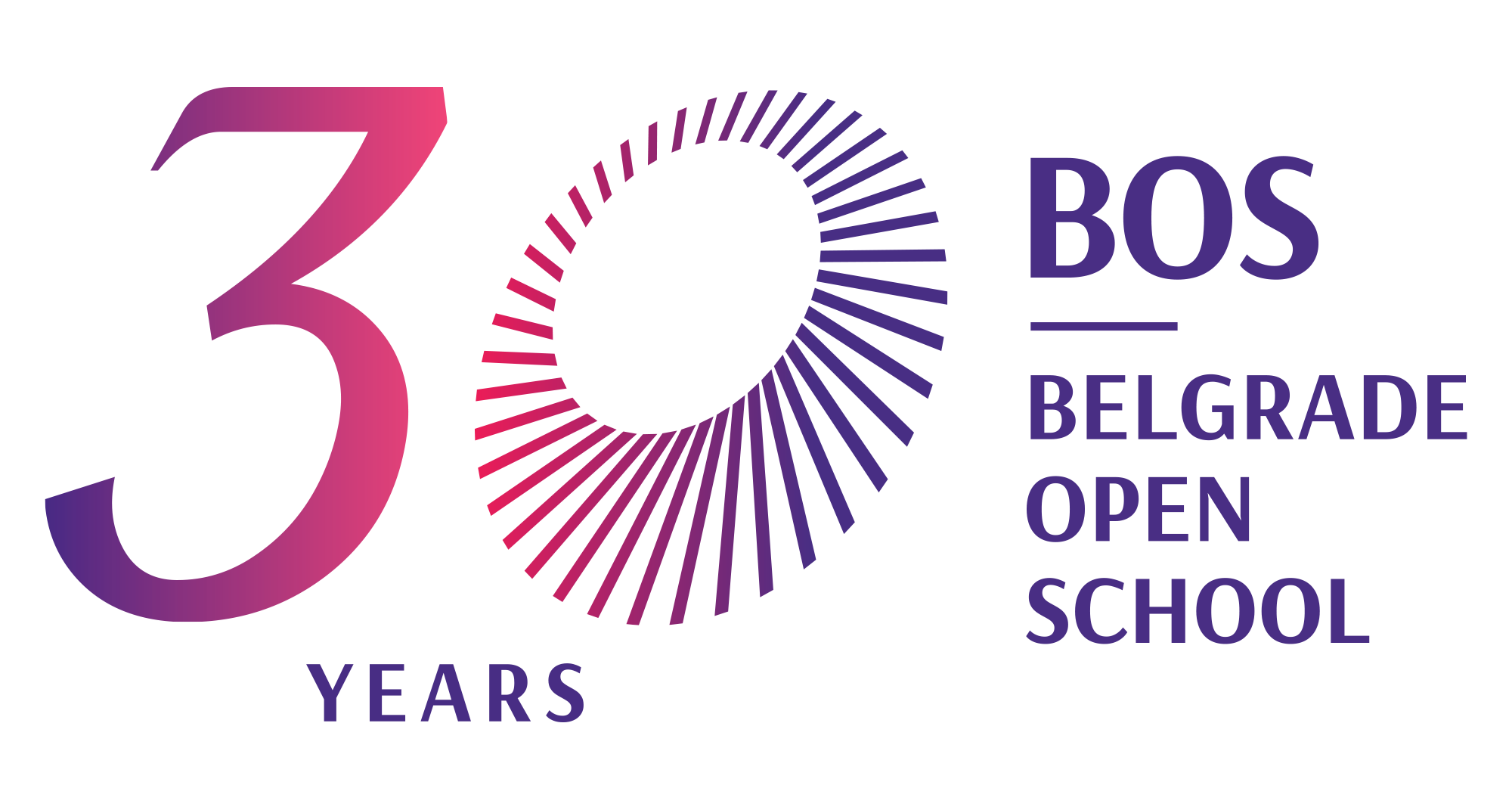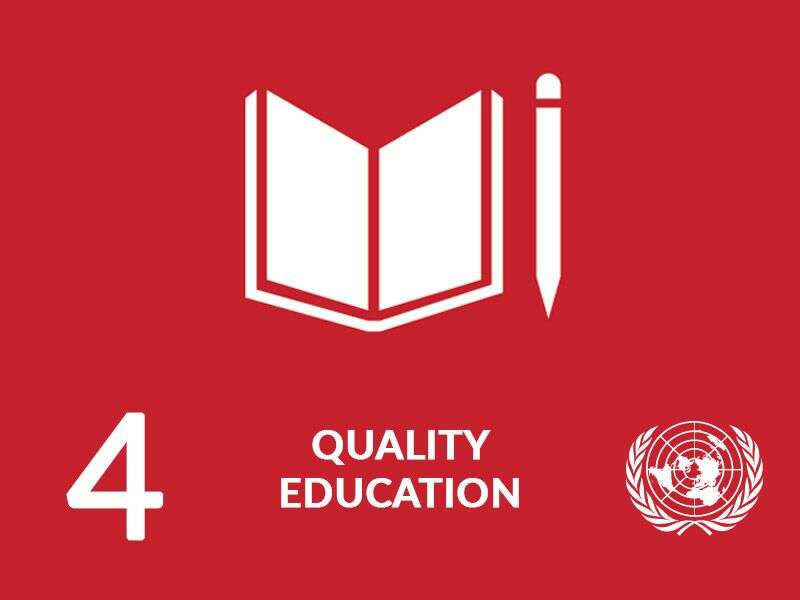SDG 4: quality education
“Books, my brothers, books, not bells and flags. They fight and win.” This is what Dositej Obradovic said at the end of the eighteenth century, when he spread the idea of the Enlightenment in the then mostly illiterate Serbia. There were no public schools in Serbia, and education could only be acquired if you were a man and had wealthy parents who could send you to Vienna, Budapest or Prague for schooling.How much has education progressed in the world, Europe and Serbia since the time of Dositej Obradovic? How do the UN sustainable development goals, education and environmental protection intertwine? To what extent are the problems related to environmental degradation and climate change implemented in educational programs today?
How many are illiterate?
Access to education has multiplied since the Enlightenment, through the development of public schools and other educational institutions. Yet even today there are people in the world who do not have access to primary education, and many young people are left without any kind of either formal or non-formal education. Over 617 million young people worldwide do not have basic mathematical and language literacy. The COVID-19 pandemic will only further reduce access to education for the most marginalized groups.
Approximately 750 million adults, according to data from 2016, remained illiterate. Of the total number of illiterates, two thirds are women. Half of the total illiterate population lives in South Asia and a quarter in sub-Saharan Africa. These data unequivocally show a correlation between poverty and access to education. These data also indicate that marginalized groups are at even greater risk of losing any education, which in turn almost limits all other possibilities in life.
Even before the crisis caused by the global COVID-19 pandemic, projections predicted that by 2030, 200 million children would drop out of primary and secondary education, ie. that only 60% of enrolled children will complete secondary education. Children living in sub-Saharan Africa are also affected in this category, because they make up more than half of the children who did not enroll in school.
That the economic situation, poverty and inequality affect the level of education at the state level is clear from the above examples. Inequality and poverty also affect the level of education within a country, so it has been determined that in low-developed countries, 79% of children from the richest class finish school, compared to only 34% from the poorest class.
The COVID - 19 pandemic further antagonized social inequalities and their impact on education. As schools closed due to the pandemic, at least 500 million children were deprived of education because they do not have the basic equipment for online learning. As schools around the world slowly open, it is becoming increasingly apparent that only 65% of schools around the world have basic handwashing infrastructure to at least slightly mitigate the risk of spreading the virus.
Sustainable development goals and education
Affordable and quality education for all - a long-standing goal of the United Nations. After years of work and investment in the field of primary education, shifts are visible, the primary school completion rate reached 84% in 2018, compared to 70% in 2000. According to current trends, the rate is expected to reach 89% globally by 2030.
The number of children attending organized preschool education is also steadily growing, from 62% in 2010 to 67% in 2018. However, differences in countries remain large, and the percentage of children attending preschool education ranges from 9% to almost 100%.
However, in addition to success, the UN Secretary-General's report states that in 2019, less than half of primary and lower secondary schools in sub-Saharan Africa had access to electricity, internet, computers and basic hand washing devices, key basic services and facilities needed to provided a safe and effective learning environment for all students.
There is also a disparity, so with the increase in the availability of primary education, there is a decrease in the availability of higher education, for young people who come from lower social classes. The commodification of knowledge and the placing of the education system on the market has led to an increase in the cost of studying, which makes it impossible for certain social groups to participate in this process.
The situation in Serbia
When it comes to Serbia, the data on the basic level of literacy and education are not so bad. According to the 2011 census, there are about 2% of illiterate people in Serbia, and most of them are elderly living in rural parts of the country. An increase in the number of literate people has been recorded in every census since 1953, and the literacy of a large number of residents in the years of reconstruction after the Second World War was especially impressive and fast. Both in Serbia and globally, the category of illiterate population is dominated by women, who make up over 80% of the illiterate population of Serbia, while people over the age of 65 make up 70% of the total number of illiterate people. Also, an increased number of illiterates was noticed within the Roma national minority, which is the most socially and economically marginalized group in Serbia.
Despite the relatively low level of illiteracy, functional illiteracy is increasingly mentioned as a problem in Serbia. Which means that today it is not enough to know how to sign, read and write a short text, but it is necessary to understand what you have read, as well as to use more advanced technologies. According to the data of the Republic Statistical Office, the share of 15-year-old students who did not reach the lowest fixed level of achievement on the PISA scale for three primary school subjects in 2012 was: 38.9% for mathematics, 33.1% for reading and 35% for science.
Education for sustainable development
In sub-objective 4.7. The COR states that by 2030 it is necessary to ensure that all students acquire the knowledge and skills needed to promote sustainable development, including through education on sustainable development and sustainable lifestyles, human rights, gender equality, and the promotion of a culture of peace and non-violence, belonging to the global community and respect for cultural diversity and the contribution of culture to sustainable development.
The implementation of this goal is monitored through indicators that also exist in the goals related to sustainable consumption and production, as well as climate action. This indicator envisages measures to integrate the following topics into education: (i) belonging to the global community and (ii) sustainable development, including gender equality and human rights at all levels, through changes in national education policies, curriculum changes, teacher education and assessment pupils and students.
Topics related to sustainable development are slowly gaining more and more importance in school and student programs, but implementation is still slow. Often the reality we encounter on a daily basis overtakes with its speed the processes of incorporating sustainable development into curricula. This shows us the increasingly frequent climate catastrophes, but also the organization of young people through the movement on Friday for the future in order to demand the most urgent reaction of the authorities, but also better education about climate change and other environmental processes.
In order to avoid and prevent the upcoming environmental problems, comprehensive education is needed, not only of young people, but of the entire point of view, because time is running out. In order for education on sustainable development to reach everyone, it is necessary, in parallel with the fight for quality, free and accessible education, to fight for the reduction of poverty and inequality. In order to at least get closer to achieving the goals of sustainable development, it is necessary to educate the entire population, and not just small groups of people.
Predrag Momcilovic
Photo source: Belgrad Open School

